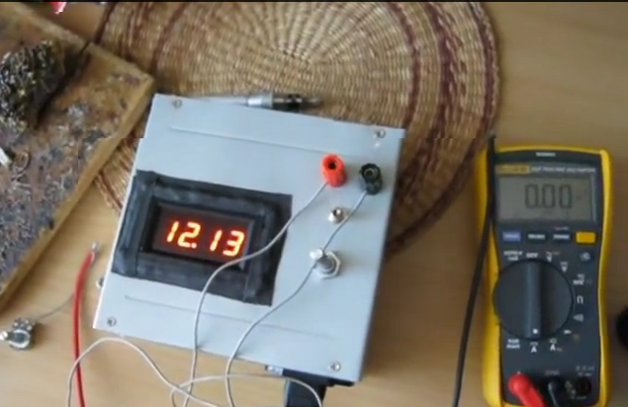(Serval Project) ... It is a free and open-source app for Android 2.2 “Froyo” and later, under continuous development. The latest official release of the Serval Mesh app is freely available from Google Play.
Serval Mesh uses an Android device's Wi-Fi in Ad Hoc mode to communicate directly with other devices within range. To do so requires root permission
on the Android device. On devices where root permission is not
available, Serval Mesh can communicate using Wi-Fi in the normal Client mode, which requires an Access Point within range. Serval Mesh can use standard Internet connections such as 3G mobile data, home/office Wi-Fi router-modems, and wired networks (USB or Ethernet) to communicate with other devices.
Read more: http://developer.servalproject.org/dokuwiki/doku.php?id=content:servalmesh:main_page

